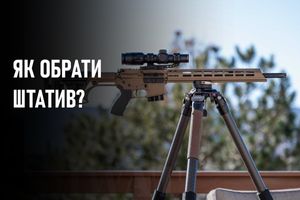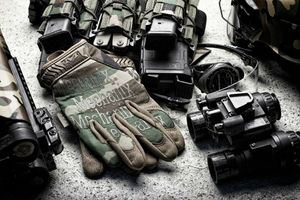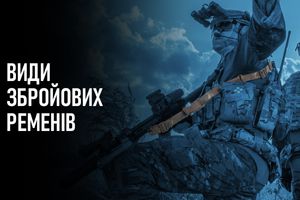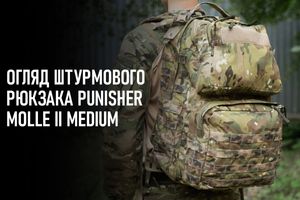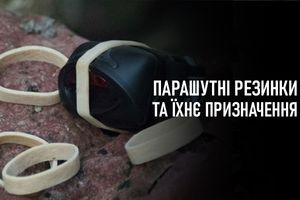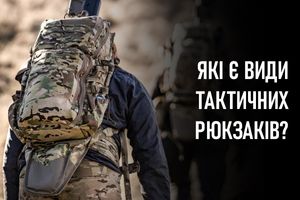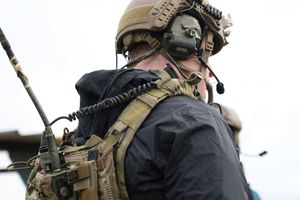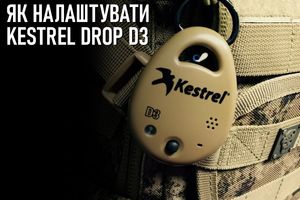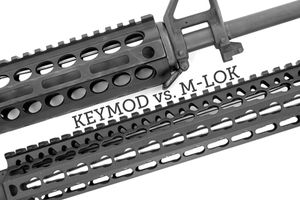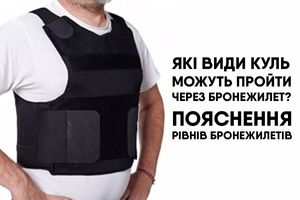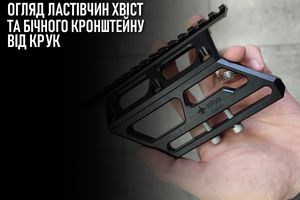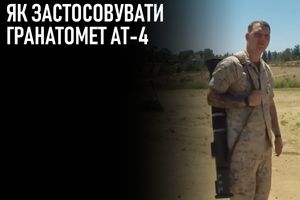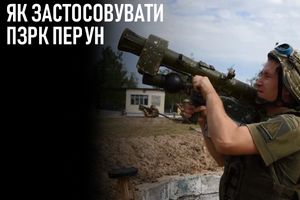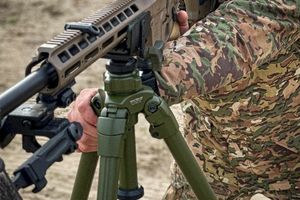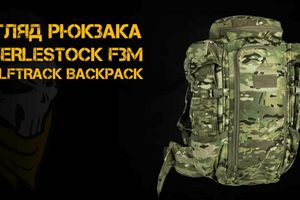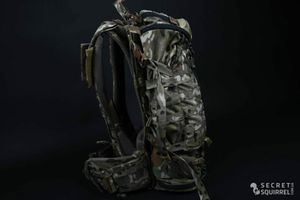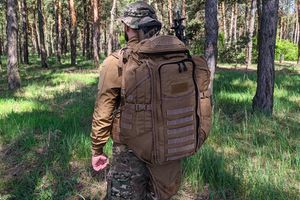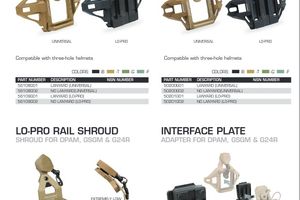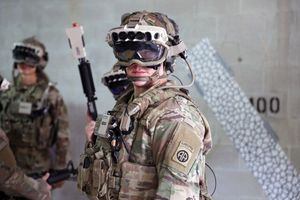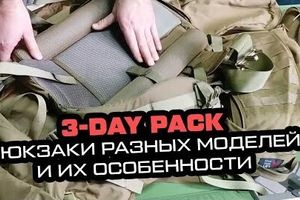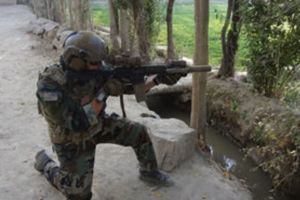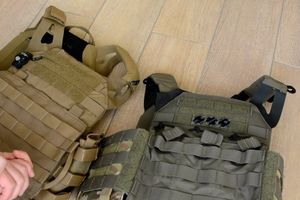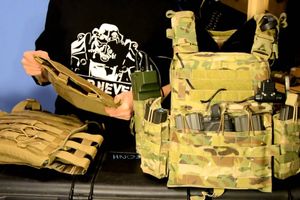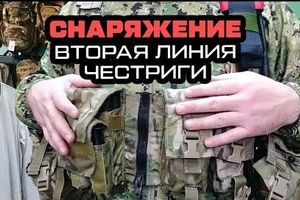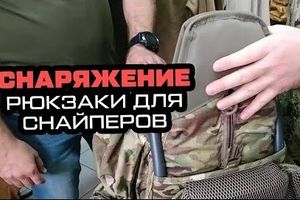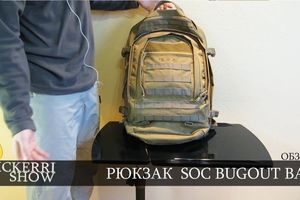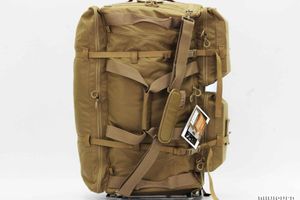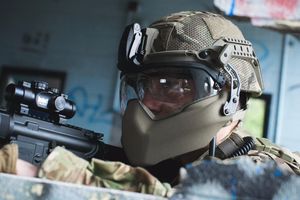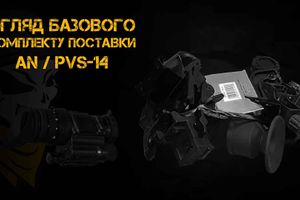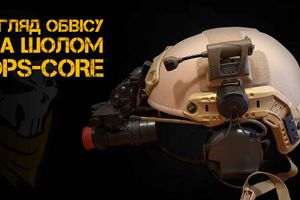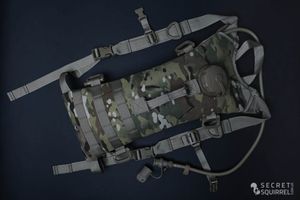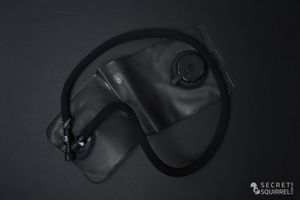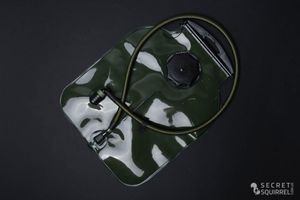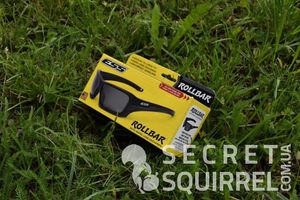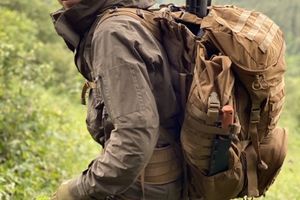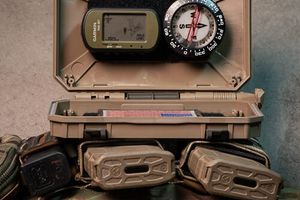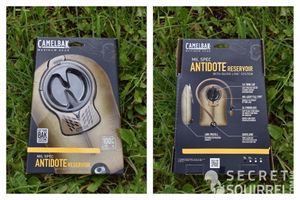There are a lot of terms and jargon that will show up when you start your research about bulletproof vests or body armor. Many of the standard terms, like a ballistic plate or trauma plate, will point back to the words of SAPI or ESAPI. If you don’t want to spend hours trying to decipher the technical phrases, I will provide a basic overview of laypeople.
The difference between XSAPI and ESAPI is the rating of protection they provide. SAPI stands for small arms protective insert, while ESAPI is just the enhanced version of these plates. XSAPI is the latest version, designed to protect against an unspecified “X-threat.”
There has yet to be a definition of “X-threat” directly from the US Military, who proposed the creation of XSAPI armor. This article will look at each type of armor and discuss the details that separate them. For this article’s sake, I will also be including the information for SAPI plates for comparison.
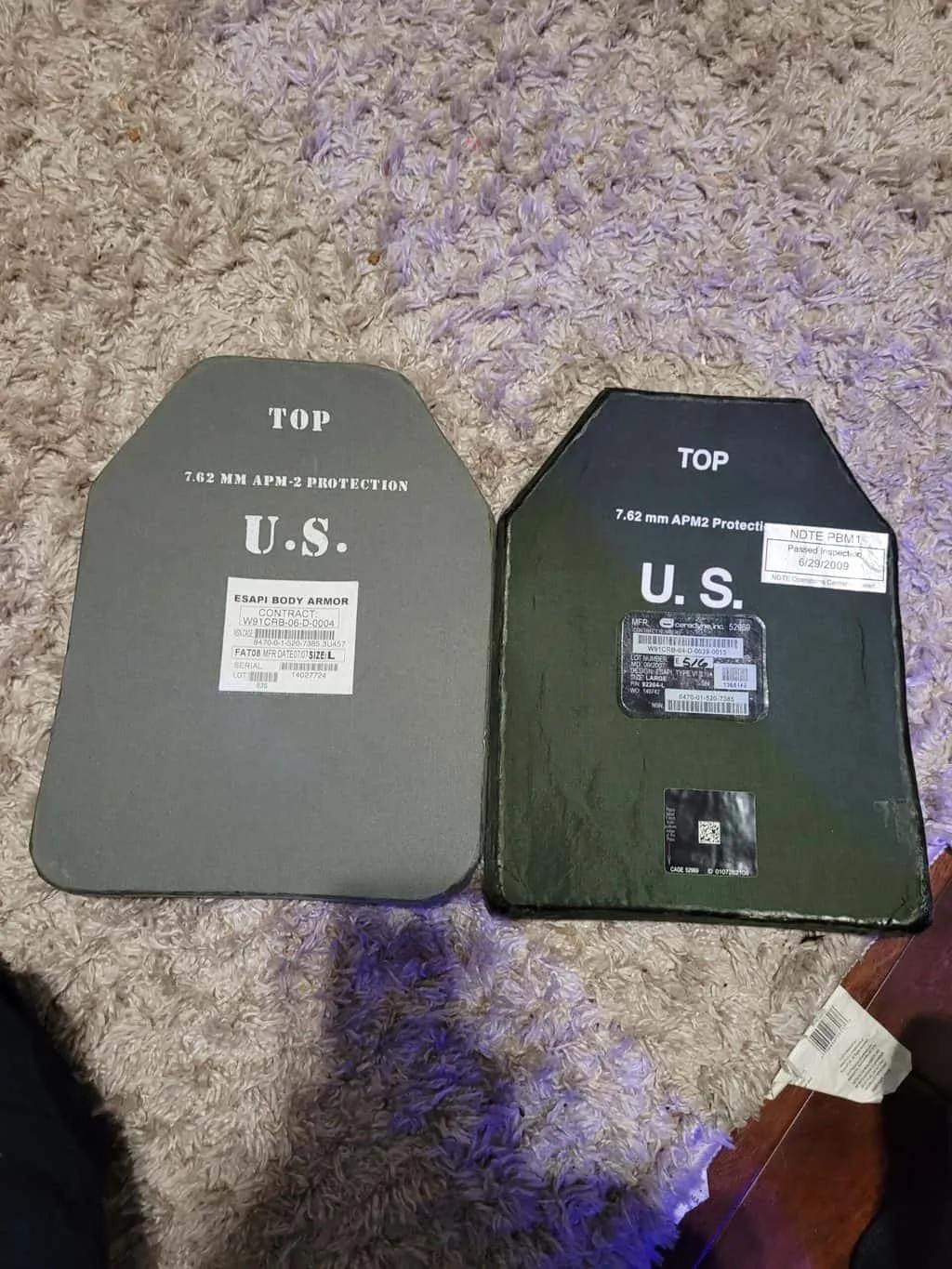
SAPI armor plates
ESAPI VS. XSAPI: The Comparison
Ballistic plates upgrade traditional bulletproof vests by giving the additional protection of ceramic plates. These plates can alternatively be made of polyethylene, titanium, or steel, depending on the manufacturer and what the plates are designed to stop. There are three types of ballistic plates: SAPI, ESAPI, and XSAPI.
ESAPI and XSAPI plates are very similar in construction and overall design. There are some significant differences, though, some being with the creation of the plate itself and others have to deal with the materials and methods used in production. These differences can be crucial when deciding which type to use.
Rating
Each type of armor plate is given a rating based on the level of protection it will provide the wearer when shot with the specific caliber and types of weapons. ESAPI body armor has a higher rating than SAPI, and XSAPI has the highest rating of the three types. The plates used in production are rigorously tested to determine their limitations accurately.
| SAPI | Designed to resist three hits of “up to” M80 7.62x51mm ball |
| ESAPI | Designed to withstand three impacts of “up to” M80 7.62x51mm ball |
| XSAPI | Designed to withstand the multiple effects of up to three hits of 7.62x54R mm armor-piercing rounds |
Materials
The ESAPI plate is manufactured from boron carbide, which is a potent form of ceramic that will help it prevent a bullet from getting through to your precious body underneath. Boron carbide is also a lighter material that makes it perfect for using in a bulletproof vest so that it does not weigh the user down and prevent them from carrying out their duties.
| SAPI | Boron carbide or silicon carbide, Kevlar |
| ESAPI | Boron carbide |
| XSAPI | Boron carbide or silicon carbide, Spectra (Ultra-high-molecular-weight polyethylene) |
The XSAPI plate is made of similar material, either boron carbide or silicon carbide depending on how it is made. Boron carbide is the same type of ceramic used in the ESAPI. However, the XSAPI has an additional structure system to add some more support to make it stronger overall and provide better protection for the user.
Additionally, the XSAPI plates have a layer of Spectra (Ultra-high-molecular-weight polyethylene), intended to stop bullet fragments or debris that either makes it through the ceramic or from spallation when the bullet fragments from the impact. As we discuss below, Spectra also helps prevent the penetration of shrapnel fragments.
The Weight
The weight for each type of body armor is different depending on the size of the plate you are using. For the purposes of this comparison, we will look at the largest size available on the market. The SAPI weighs 4.6 lbs. ESAPI weighs 6.3 lbs, and the XSAPI weighs 7.9 lbs.
The XSAPI is the heaviest because it utilizes more materials to provide more complete protection for its wearers. Even with that extra weight, the vest does not weigh more than an average, in-shape human can carry. However, due to the excess weight and the eventual lack of need, XSAPI armor has not yet been used by the US military in combat.
| SAPI | 4.6 lbs |
| ESAPI | 6.3 lbs |
| XSAPI | 7.9 lbs |
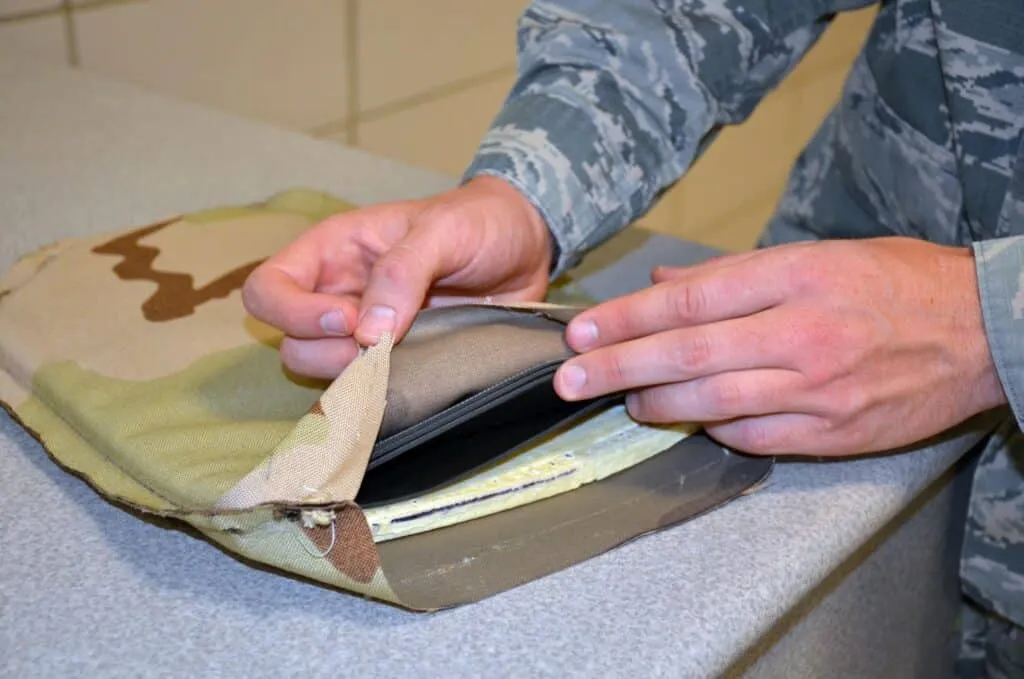
SAPI armor plates made from boron carbide.
Differences
There are some significant differences that distinguish the XSAPI armor from the ESAPI armor and provide different types of advantages of each kind of body armor. Here we will discuss the specifics of those differences and why they are important considerations for a buyer.
Traditional Small Arms Protective Inserts
Originally, SAPI was designed to stop shrapnel and not particularly effective at preventing high-velocity impacts. Experts conceived of ceramic plate armor that would help prevent trauma to the wearer. However, since the invention of SAPI, experts have enhanced its ability to protect users. That is where the ESAPI and XSAPI come in.
In 2005, the United States Armed Forces started replacing their SAPI plates with ESAPI vests. ESAPI plates utilize enhanced technology to reduce trauma further. Although the production process is more expensive, costing approximately $600 more than typical SAPI plates, the extra protection helps stop higher caliber shots.
The plates work by dissipating and absorbing the kinetic energy of a projectile’s impact. The ceramic blunts the effect, and the Spectra backing spreads out the kinetic energy, so it isn’t so localized to help reduce the chance of a fatal injury to the internal organs from the force of the impact. Each plate is made of ceramic with an external durable composite coating. A standard vest has four SAPI plates: in front, behind, and one on each side.
Intended Threat and NIJ Compliance
Probably the most notable difference is the threat each type of armor is intended to stop. ESAPI armor was designed to provide soldiers with an increase in protection over the standard SAPI armor when it comes to trauma from shrapnel and armor-piercing weapons.
All types of SAPI is classified by NIJ level III, which refers to the National Institute of Justice Compliance Testing Level. The NIJ conducts this testing on all commercially available armor. These standard levels test a plate’s protection against projectiles and the blunt force trauma associated with their impact on a body.
| Level IIA | Up to 230 gr .45 ACP Full Metal Jacket (FMJ) with a velocity of 259 m/s ± 9.1 m/s (850 ft/s ± 30 ft/s)[Soft armor, reasonably multihit] |
| Level II | Up to 158 gr .357 Magnum Jacketed Soft Point bullet with a velocity of 408 m/s ±9.1 m/s (1340 ft/s ± 30 ft/s)[Soft armor, reasonably multihit] |
| Level IIIA | Up to 240 gr .44 Magnum Semi Jacketed Hollow Point (SJHP) bullet with a velocity of 408 m/s ± 9.1 m/s (1340 ft/s ± 30 ft/s)[Hard plate armor] |
| Level III | Up to 148 gr 7.62×51mm NATO M80 ball ammo with a velocity of 847 m/s ± 9.1 m/s (2780 ft/s ± 30 ft/s)[Hard plate armor] |
| Level IV | Up to 166 gr .30-06 Springfield M2 armor-piercing (AP) bullets at a velocity of 878 m/s ± 9.1 m/s (2880 ft/s ± 30 ft/s)[Hard plate armor, not required to withstand multihit standards against M80] |
Keep in mind that the US military has its own standards for testing body armor and does not use the NIJ standards. As one example of the differences, the NIJ standards dictate that Level IIIA armor must be able to stop .44 magnum rounds, but the US military standards do not.
ESAPI was designed to increase protection from NIJ Level III to Level IV. Level IV protection means the new armor would provide better protection against larger .30 caliber rifle rounds and armor-piercing bullet designs.
In 2008, a new generation of SAPI plates came onto the market. The XSAPI adds more flexibility and protection than ESAPI while adding less than a pound of extra weight for the user to bear. As of 2011, the Federal Bureau of Investigation has also begun using XSAPI for their agents.
XSAPI was intended to provide even higher protection, surpassing NJI Level IV, which is the highest rating on the NJI standard. Again, while the military never offered an official definition for the (“X-threat), the standard theory in the market is that it expands the protection to cover 7.62 x 54mm AP (armor-piercing) rounds.
Spectra
Another key difference is the inclusion of a Spectra backing onto the XSAPI plates. Most ballistic plates are intended to be worn over the top of soft armor such as Kevlar. With this setup, any ceramic debris or projectiles that make it through the plate are stopped by the Kevlar’s interwoven strands. XSAPI is still intended to be worn over the top of traditional soft armor, but it includes in its design a backing of Spectra, which would provide the same protection as the Kevlar in an ESAPI setup.
Spectra is a brand of ultra-high-molecular-weight polyethylene. This material is a thermoplastic polyethylene and had a size and weight ratio eight times stronger than steel. Spectra is as much as 40% stronger than Kevlar, making it an ideal shield to add to armor plates. Spectra fibers are woven into sheets and then laid at multiple angles over each other to ensure composite strength equally in all directions. This process allows for increased durability, tensile strength, and resistance to abrasions while keeping the weight as low as possible to benefit the wearers.
In other capacities, you might encounter Spectra in climbing equipment, bowstrings, fishing lines, high-performance sails, suspension lines on parachutes, professional kite strings, automotive winching, and yacht rigging.
Durability
Another significant difference between ESAPI and XSAPI is the durability of the plates themselves and the general care when not in use. One major issue that arose with the ESAPI plates is that they were significantly fragile when not used. The plates needed to be stored and handled carefully or could be compromised, leading to failure. This is a significant problem in a type of armor used for soldiers who need to move, fall back, and perform their duties effectively without needing to worry that rough handling will injure their armor.
The Silhouette of Body Armor
SAPI plates typically place a lot of material in the shoulder area, which can make it awkward to shoulder and fire certain types of rifles. Some people also notice that the rigid bottom corners can dig into the stomach and thighs when they have to remain seated or crouched for a prolonged period of time.
The Definition of Bulletproof Vest
There is nothing more crucial for soldiers and agents on the front lines than protecting their internal organs from bullets, bombs, and shrapnel. Bulletproof vests work by giving wearers protection from small flying objects and their force of impact. By covering the torso, a bulletproof vest helps ensure the user’s survival.
There are three major types of bulletproof vests:
- Soft vests have many layers of fibers that are entwined to protect the wearer from shotguns and their associated blasts, as well as shrapnel that results from a grenade explosion. These are popular among police officers, bodyguards, security personnel, and private individuals.
- Ballistic vests differ because they have overlapping fibers intended to catch projectiles by absorbing the force of impact and bringing the ammunition to a stop, thereby stopping it from penetrating the flesh.
- Body armor is used in conjunction with ballistic vests and also includes eyewear, combat helmets, and other associated protective implements.
After the Vietnam War, United States manufacturers began to focus on making body armor to prevent the penetration of shrapnel, as opposed to only bullets. During the war, the data collecting suggested that shrapnel posed a more considerable hazard to soldiers on the battlefield.
Previous plates needed to be modified to account for bullets changing shape during launch and impact when made of lead, but fragments and shrapnel don’t change shape upon contact with textile materials because they are made of steel. Modern-day plates need to account for fragments as small as a grain of rice, which might otherwise get through even the most tightly woven fibers of a vest and penetrate the body.
Compliance Testing
The NIJ performs compliance testing to see whether body armor performances meet regulations and expectations. These standards not only include performance tests but also ensuring that body armor has met both labeling and quality requirements. Obviously, everyone wants to know if the body armor is safe and reliable, too.
Throughout a five-year period, the NIJ repeats those tests with follow-up inspections of the armor models and their manufacturers. Those tests determine whether the production process has changed, why those changes occurred, whether the changes have negatively impacted the product, and if there was documentation.
The Role of Manufacturers
Manufacturers need to register their body armor with the National Institute of Justice and submit models to an approved laboratory for testing. Additionally, the manufacturer must outline the production process so that every step can be individually checked to ensure that optimal products are being made.
Approved laboratories have proven that they have no potential conflicts of interest in making their determinations, as well as having met specific standards of equipment, quality management, personnel, and protocols.
The Testing Process
Measuring the ballistic performance of armor involves looking at the force of the impact of the projectile. That energy is a factor in its capacity to penetrate skin and bone. Ideally, armor should reach a state of absorbing and dissipating the shock power that no projectile should be able to pierce it. The zero penetration velocity is what every new generation of body armor aims to obtain.
However, the testing considers many factors, including a vast amount of performance variables like the backing materials, bullets, casing, primer, powder, and gun barrel used.
Armor is tested by putting the armor in front of a backdrop, usually of clay. Once the model has been shot, the clay can be analyzed to see how deeply the vest or plate penetrated the clay and how well the ceramic plates held up under fire. This measurement is called the backface and measures the amount of blunt force trauma.
Most standard testing happens on wet armor because moisture can have degrading effects on ceramic plates. These tests ensure that the body armor can continue to protect the wearer even in humid or completely soaked conditions. Although the ceramic plates may endure the wetness, the textile fibers may suffer from completely wet conditions.
The testing conditions vary between whether the body armor has been totally submerged or simply sprayed with water or other liquid solutions. Although Spectra and similar textile fibers are resistant to many corrosive chemicals, it is still vulnerable to oxidizing acids and other water-based degradations.
Marine Corps Tap and Torque Tests for E-SAPI plates
In Conclusion
Despite their common purpose, there are significant differences between XSAPI and ESAPI categories of body armor. XSAPI armor offers additional protection against a so-far undefined “X-threat” designated by the United States military. It utilizes new and improved products to provide extra protection for its users.
Source: https://legionary.com/xsapi-vs-esapi-what-is-the-difference-between-them/
Author: Richard Barela


























































































































